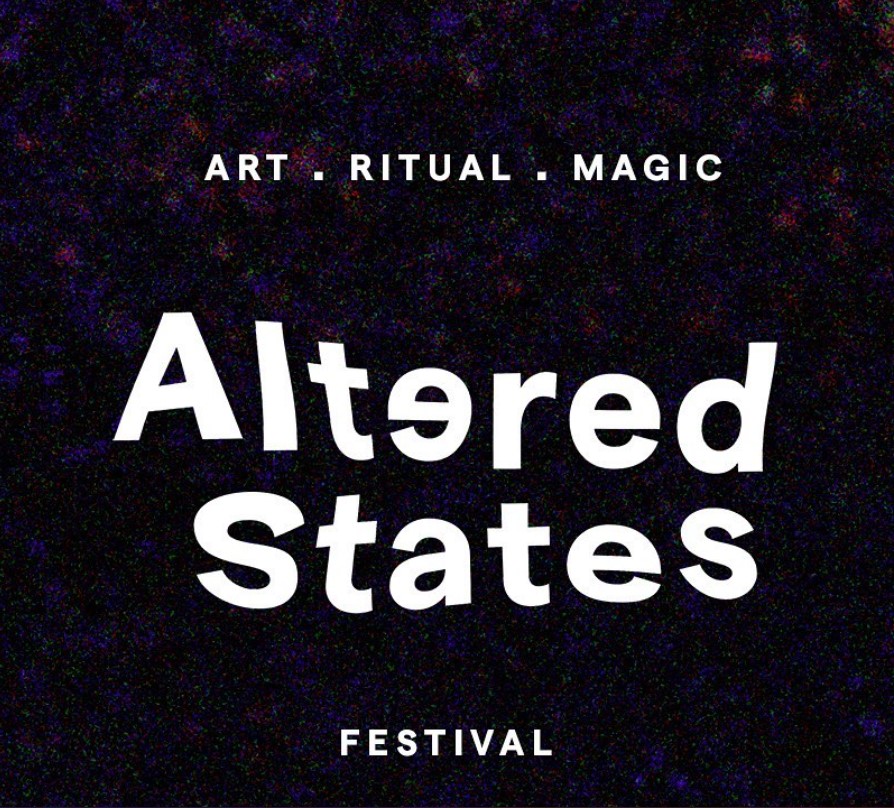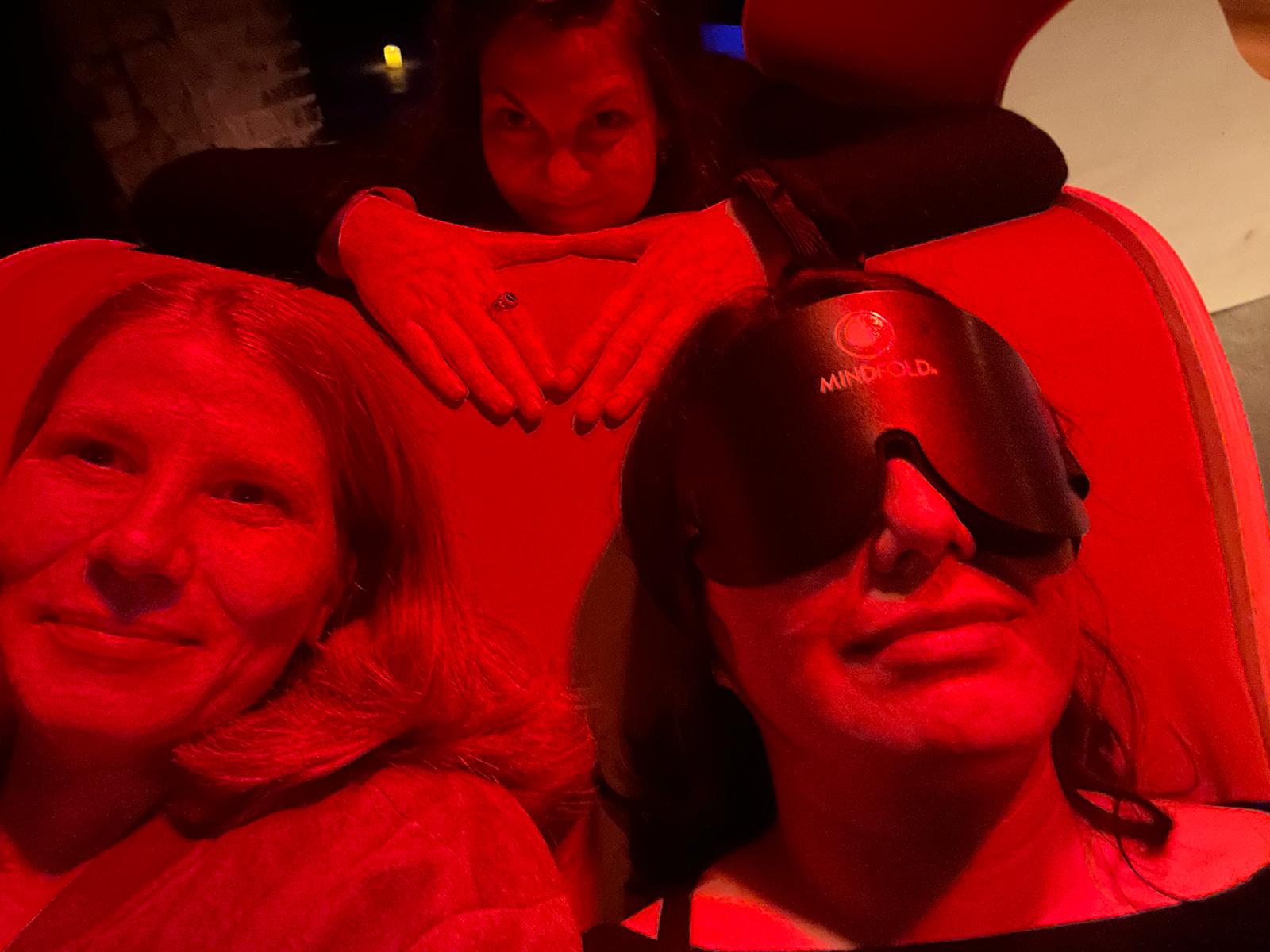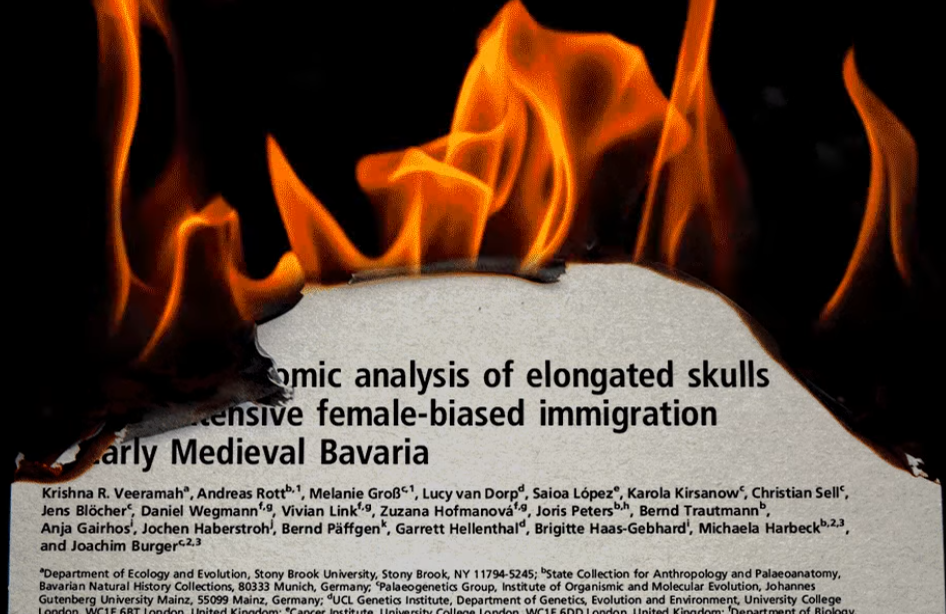
A few weeks ago, I attended a festival in Den Haag called Altered States which left a big impression on me. On one side as a personal experience, something that I needed given the amount of stress that was induced in my life at the time. On the other side, because of the profound need for such happenings in today’s social and artistic discourses. The festival presented various immersive ways of merging ritual, spirituality, digital media and technology with art, philosophy, and wellness, questioning the role of all of them in our life together and separately.
The Altered States festival happened between the 10th and 12th of November 2022. It was organised by the DNR Film Club and based in The Nieuwe Regentes theatre in The Hague.
The festival consisted of various music performances and cinema projections accompanied by lectures, art installations and performances.
“all dedicated to unlocking the doors of perception“
https://www.denieuweregentes.nl/
In their attempt to achieve altered states of the mind and the body, the organisers relied predominantly on visual and sound stimulations. The festival successfully brought together art, technology, ritual and magic through artistic expression. Breaking away from the traditional form of spectatorship, the festival offered various immersive experiences which could potentially induce higher, more profound or alternative states of consciousness.
Two events on Friday, 11th of November, stood out from the whole program, which I will discuss here and in another post.
The first one is Equilibrium Experience, created by: Joeri Bonsel, Tom Giles, Vince Vijsma and Josef Rebbe.
Within the sterile architectural environment of The Nieuwe Regentes theatre (which was swimming before), the audience had the opportunity to enter the warm environment co-created with the participants and event organisers. The festival used the theatre space, allowing the audience to walk in and out at events, giving them complete freedom to choose how to spend their time in the programmed time. Including wandering around the non-restricted areas of the building following a map provided.
Without even looking at it, I ended up n the basement, where a very polite person invited me to experience something. Together with my friends, all musicians, we were attracted by the sound coming from inside and went right in.
Equilibrium Experience

The Equilibrium installation was a quadrophonic surround system based in a warm room with dimmed lights and two unique lounge beds. We could choose to lay or sit on the ground on pillows or lay on a chair (lounger) where a pair of sensory isolating goggles was available to enhance the experience. Although the stone and concrete interior of the room, the sound we heard was transforming the shape of the space completely.
I went for the large beds we observed at our entrance right away, compelled by the nap opportunity presented in front of me. On the ergonomic loungers, one could experience the sound and vibrations of what is played in the quadrophonic system through more than one sense – their ears, bones, and skin. The ergonomic chair/bed was equipped with strategically placed transducers (loudspeakers which translate electrical signals into sound energy). Although it seemed relaxing, the combination of sound and physical experience distracted me at first. The lower the frequencies and the vibrations become, the more I could relax my mind and regulate my breathing resulting in a meditative state eventually.
“vibrations act as a bridge between consciousness and matter. In other words the vibrations allow consciousness to reshape itself inside the human body.”
DNR Film Club
The music, which had a key role in this installation, consisted of various pieces. One way to fall into a meditative state would be to create a gradual transition between the pieces, done through low-frequency sounds. The first piece we heard was an instrumental one for cello (played by Ola Renska), and duduk (Benjamin Megevand), including ocean sounds, electronics, gongs and singing bowls. A soft transition was made to a vocal piece sung by Henk Gunneman (tenor) and Rugile Daujotaite. Josef Rebbe and Joeri Bonsel (Somasono) recorded the tenor singing “permutations of the Hebrew letters YHWM in different harmonic frequencies in a twelve-sided chapel in Germany. Using a special recording technique and the four-channel sound system, the two artists managed to bring the acoustics of the German chapel within the space of Ketelhuis and the De Nieuwe Regentes theatre. Within the Ketelhuis, the 12 directions of the German chapel were aligned with the directions of the twelve zodiac signs. An effect that was not noticeable but brought a whole new dimension to the installation afterwards.
Within my artistic research practice, I have always been fascinated with how one can translate and transport/teleport a space within another. Using more and more precise technologies, this practice is possible on new levels. In this case, the precise channelling of the sound vibrations in a particular acoustic space was brought to us by digitalized sound waves translated in more than one sense.
The sound of the permutated Hebrew letters did not make any literal sense when listening. Still, their resonating within the chapel environment could be perceived as sacred and ritualistic in many ways, given the nature of the westernised classical use of the tenor voice and the harmonies made by the female singer. The ways that religions of all kinds invoke contemplative/meditative practices here were introduced into a non-religious context keeping the character in translation and bringing a truly wonderful experience, I recommend this to everyone interested in meditation practices.

Photo: Personal archive
Sources:



Hi, I must say I really enjoyed reading your post, learned a lot. 🙂
I could really tell that you enjoyed your experience and that you are passionate about the topic. I know how it gets exciting to write and share thoughts about something you relate so greatly to or understand the message behind it. Also, I have to mention that I am surprised that I did not know of the festival before your post, but you managed to interest me in it. Thank you for that!
Sounds like such a cool experience! It is so cool to see how art can have such an impact on someone! You made me enthusiastic to visit something similar as well! 🙂
I really enjoyed your post! I am sad I missed this festival as it sounds like something I would have enjoyed. I really appreciate events that mix architecture, art and music because the combination really does bring out the best in each element! Especially when it comes to creating a sense of spatiality and allowing us to temporarily abstract from our materialist (yet desensitized) world while existing in these spaces.
It would be cool to have more regular events like this in small-scale venues; in the way that some of us go to raves, but instead turn it into a more meditative and chill event where you can walk around a space with ambient sounds and sensory cues. Although now that I am saying it it sounds like I am just describing a church hahah